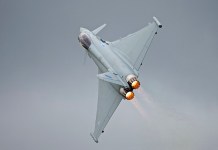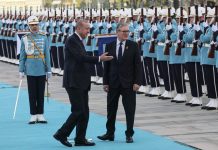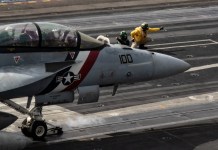German Leopard-2 tanks, just like other western tanks being provided to Ukraine, have received a lot of media coverage. However, infantry fighting vehicles (IFV) like Marder have not received the kind of attention they deserve.
Ukraine and its Western partners are preparing for the upcoming spring counter-offensive, as part of which, a lot of Western weaponry is arriving in Ukraine, including the Leopard-2 tanks and Marder infantry fighting vehicles.
Before the Russian invasion of Ukraine last year in February, the Ukrainian armed forces were known to be operating 900 infantry fighting vehicles like BMP-2s and just 200 BMP-1s. In the first 13 months of the war, Ukraine suffered massive losses in its armored fleet, which included roughly 300 BMP-1s and more than 100 BMP-2s.
So, overall, as the war in Ukraine progressed, both Ukrainian IFV fleets became depleted and less protected, quite similar to the Russian IFV fleet, which was particularly problematic for the Ukrainian military as it prepared for the much-anticipated counter-offensive in spring or summer.
To some extent, this depletion of the Ukrainian armored fleet has been offset by the influx of Western IFVs, such as over 100 M-2A2s from the US and at least 50 CV90s from Sweden, as well as 40 Marders from Germany.
Marder is an excellent example of German quality. I've tried it myself.
Look forward to taming Leopards soon. I love the way they roar!
Would be happy if @AnkaFeldhusen can join me. Let’s do it together!
Thank you to @Bundeskanzler, Boris Pistorius & the ?? people! ????? pic.twitter.com/uTE8hwewpV— Oleksii Reznikov (@oleksiireznikov) March 29, 2023
Of these, the German Marders are believed to be the best-protected of the three types.
“Marder is an excellent example of German quality,” Ukrainian defense minister Oleksii Reznikov said in a tweet. “I have tried it myself. Looking forward to taming the Leopards soon. I love the way they roar!”
Marder Infantry Fighting Vehicles
The Marder IFV entered the service with the Bundeswehr, the federal armed forces of Germany, in May 1971.
Over the years, it has been upgraded extensively and remains one of the main platforms of the German Army’s mechanized infantry units, with high-level tactical mobility and firepower and the ability to transport troops in high-risk areas of operation.
In particular, the 1A3 version of the Marder 1 is one of the largest and heaviest of all the IFVs, with a protection level similar to that of the Leopard 1 Main Battle Tank (MBT).

Its Soviet counterpart, the BMP-1 IFV, used by the Ukrainian military, is significantly lighter, smaller, and does not have a similar level of protection. Therefore, these German Marder IFVs represent a significant improvement over the Ukrainian Army’s BMP-1 IFVs.
Overall, the Marder 1A3 can provide protection against 30-millimeter automatic cannon fire, which is more than twice that of the BMP-1, which can provide all-round protection against 12.7-millimeter rounds and its frontal arc can provide partial protection against 20-millimeter rounds.
While exact details about the design and protection levels of the Marder 1A3 are classified, it is said to come with spaced armor, meaning it has two layers of steel with a small gap between them, and the gap basically slows down the penetrating rounds.
The Marder IFV is armed with Milan anti-tank guided missiles, which carry a high-explosive warhead. However, the vehicle’s main armament is the 20-millimeter Rheinmetall MK 20 Rh 202 automatic cannon.
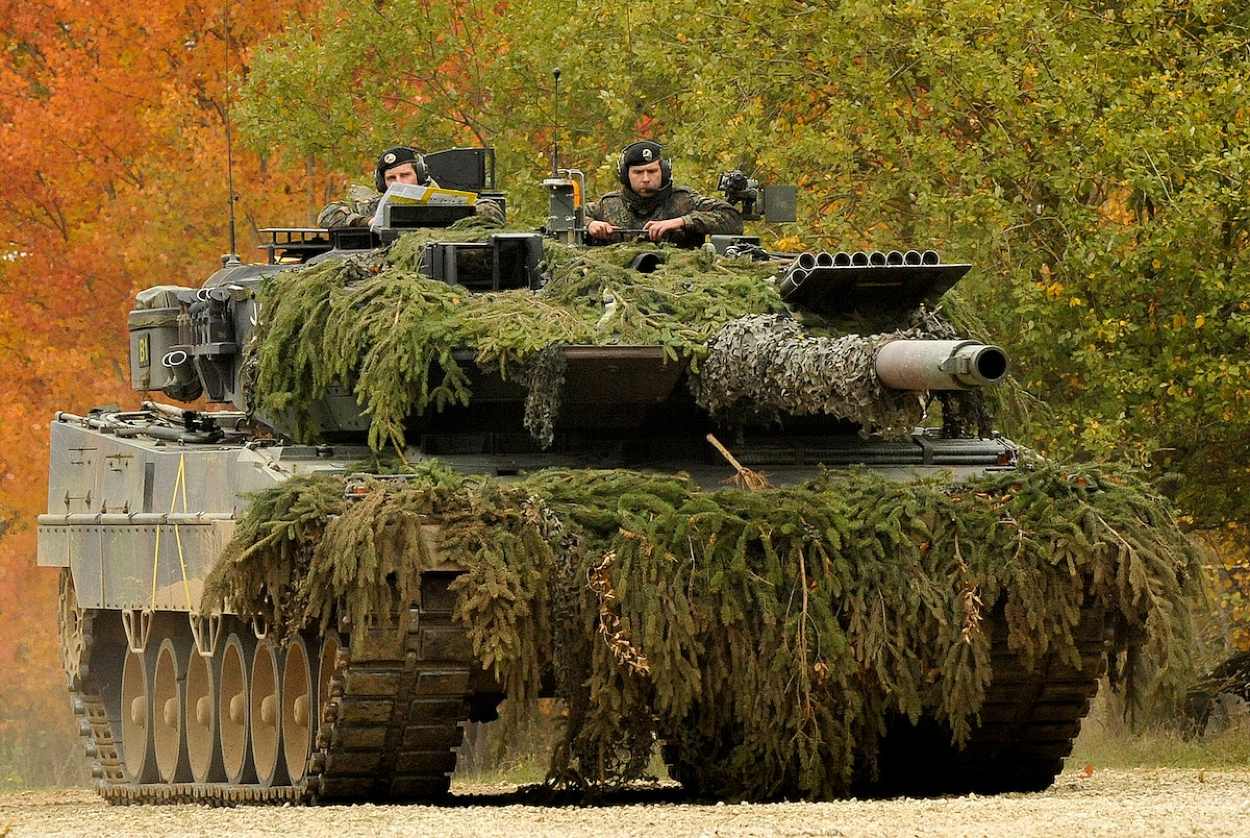
It also has a Rheinmetall MG 3 7.62-millimeter general-purpose machine gun with an effective firing range of 200 meters to 1,200 meters with sight adjustments. The maximum firing is up to 3,000 meters on the gun carriage. The machine gun fires a 7.62 × 51-millimeter NATO cartridge and a muzzle velocity of 820 meters per second.
The Marder IFV is powered by an MTU MB 833 Ea-500 diesel engine, developing 600 horsepower, which is said to provide a maximum on-road speed of 65 kilometers per hour and a range of 520 kilometers.
At the same time, the vehicle offers good mobility on uneven terrain as well. According to the manufacturer’s account of the Marder’s service in Afghanistan, “the open, occasionally broken terrain of northern Afghanistan suited the Marder IFV very well; the irrigation ditches and typical earthen walls around the compounds generally posed no obstacle.”
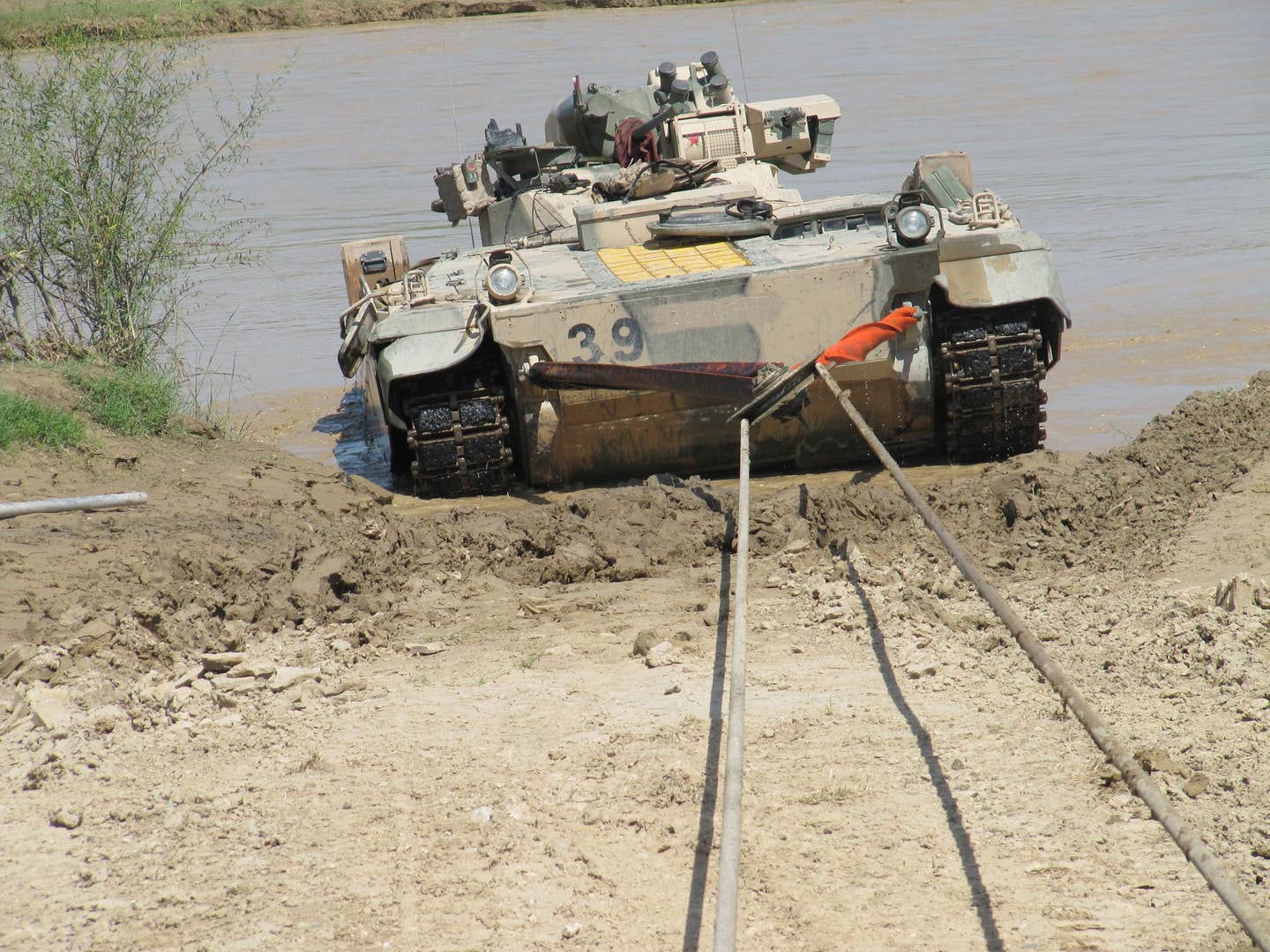
Apparently, Ukraine has already begun equipping some of its brigades, which will most probably lead the upcoming counteroffensive in spring, with the Marder IFVs.
Military commentators postulate that as these Marder IFVs advance toward Russian positions, they will be at the receiving end of several enemy rounds, and while these Marders may not survive forever under heavy fire, they will last longer than any other BMP.
- Contact the author at tanmaykadam700@gmail.com
- Follow EurAsian Times on Google News

